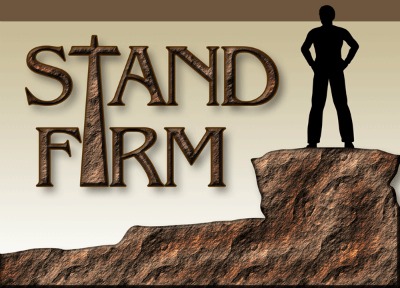 The chronicler’s history offered hope in postexilic Jerusalem by assuring the present community that of the sovereign Lord of Hosts, having been active during the reigns of David and Solomon, would continue providentially to intervene in Hebrew history to accomplish the prophetic vision of Zion. In 2 Chronicles, much like in the first, the author seeks to focus his discussion on reform efforts and the good kings in Judah’s history. The kingships of David and Solomon “served as models of an ‘ideal’ Israel under theocratic rule for the present community.
The chronicler’s history offered hope in postexilic Jerusalem by assuring the present community that of the sovereign Lord of Hosts, having been active during the reigns of David and Solomon, would continue providentially to intervene in Hebrew history to accomplish the prophetic vision of Zion. In 2 Chronicles, much like in the first, the author seeks to focus his discussion on reform efforts and the good kings in Judah’s history. The kingships of David and Solomon “served as models of an ‘ideal’ Israel under theocratic rule for the present community.
The reader should remind themselves of the qualifications of a successful king as laid out in Deuteronomy 17. Those criterions are largely taken out of the books of Chronicles. The first part of 2 Chronicles focuses on Solomon’s desire to rebuild the temple. Though he practiced syncretism, and sought to acquire gold and women, the author reminds the reader of the “good side” of Solomon’s half-hearted kingship. The last half of the work centers on the kings who brought reform in Judah, namely Hezekiah and Josiah.
The worship of Yahweh was an integral part of the chronicler’s theocratic ideal for postexilic Jerusalem. The author emphasized the importance of both individual and corporate worship. True worship, according to the chronicler, is rooted in love for God as well as the fear of the Lord. Worship stemmed from the condition of the heart, and was valued as an attitude leading to an active experience before the Lord. Of special importance to the chronicler was the significance of worship as word. The Israelites, and Yahweh, valued oath taking, song, and liturgical responses as an active expression of worship. The Levitical priests were charged with overseeing the worship and representing the Israelites in sacrifices and communal worship events.
 Second Chronicles ends with a significant political decree. The Cyrus Decree ends the book of 2 Chronicles and begins the book of Ezra. However, the chronicler leaves out half of verse 3. Ezra 1:3 says, “anyone of his people among you – may his God be with him, and let him go up to Jerusalem in Judah and build the temple of the Lord, the God of Israel, the God who is in Jerusalem.” The chronicler, however, says “Anyone of his people among you – may the Lord his God be with him, and let him go up.” This omission and revision can be interpreted as an eschatological invitation. The chronicler is alluding to something that is yet to come, granting even more hope to his intended audience. In this manner, the end of 2 Chronicles attaches itself to the Davidic Covenant, bolstering the foundation for a Messianic theology.
Second Chronicles ends with a significant political decree. The Cyrus Decree ends the book of 2 Chronicles and begins the book of Ezra. However, the chronicler leaves out half of verse 3. Ezra 1:3 says, “anyone of his people among you – may his God be with him, and let him go up to Jerusalem in Judah and build the temple of the Lord, the God of Israel, the God who is in Jerusalem.” The chronicler, however, says “Anyone of his people among you – may the Lord his God be with him, and let him go up.” This omission and revision can be interpreted as an eschatological invitation. The chronicler is alluding to something that is yet to come, granting even more hope to his intended audience. In this manner, the end of 2 Chronicles attaches itself to the Davidic Covenant, bolstering the foundation for a Messianic theology.
A modern reader of 2 Chronicles should remember that all of the promises made to the Israelites also hold true to modern day readers as well. The end of 2 Chronicles offers an eschatological invitation to the audience, alluding to a coming messiah. The audience of the chronicler spent roughly 70 years in Babylonian captivity. While they were there, the prophet Ezekiel ministered to them. The group left for Babylonia as half-baked pagans but came back as fervent monotheists. Similar to the Israelites, the Lord uses ‘wilderness experiences’ in our lives to refine our faith and increase the desire to serve him. A modern reader should use the scriptures for encouragement, even those that have been widely debated. Second Timothy 3:16 confirms that, “All Scripture is God-breathed and is useful for teaching, rebuking, correcting and training in righteousness.”